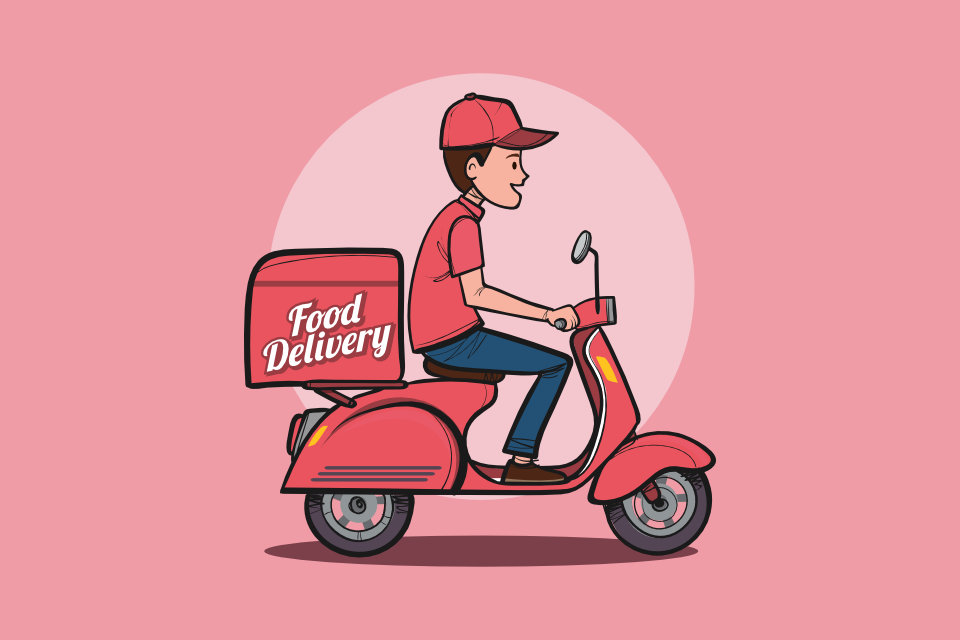
The growth of the internet has affected many industries, and the food industry is no exception. Online Food Delivery Apps (FDAs) have become popular, reaching a larger audience. The demand for food items in India has increased due to the rising number of internet users in the country. Other reasons for this growth include an increase in the working population, the younger generation, and the growing use of digital payments, especially during demonetization.
The global advancement of the digital economy has made online promotional activities attractive to customers. FDAs act as platforms that bring together restaurants, food eateries, customers, and logistics partners. These apps make it easy for customers to select, order, and pay for their desired food from various restaurants through mobile applications. Popular examples of such apps in India include Swiggy, Zomato, and Uber Eats.
The rise of the internet as a retailing channel has provided food outlets with an ideal platform to showcase their specialties and offer special discounts. Now, even small food outlets in residential areas can easily promote their businesses through FDAs. While this has made it easier for customers to switch between food outlets and generated new demand, the increased competition on a single platform with varying prices and fame has posed a challenge in quantifying the demand for food items in the online food industry.
FDAs have played a significant role in changing the nature of demand in the supply chain. Demand can be categorized as push demand or pull demand. In traditional supply chains, products are “pushed” through the channel based on forecasts, whereas online platforms have shifted demand to a “pull” system, where customers request products according to their needs. This shift from push demand to pull demand reduces the reliance on forecasting techniques and minimizes the bullwhip effect, a phenomenon where variability in demand at lower levels can cause larger variations in demand at higher levels of the supply chain.
The bullwhip effect has five causes: demand signal processing, order batching, price variation, rationing and shortage gaming, and economic reforms such as demonetization.
The FDA (Food Delivery App) relies on various things to work well. It plans how to use resources, organizes logistics, and schedules deliveries. Figuring out the best way to do this is tricky because there are lots of factors that are hard to measure, like how much time customers are willing to wait, how efficient things are, how well deliveries are done, and other things like traffic.
It’s important to understand how the system works for different parts of the supply chain. In this case, the supply chain involves restaurants, customers, and the FDA. The FDA helps restaurants in two ways. First, it gets them more business by using their resources better. Second, it lets them connect with new customers without spending a lot on advertising. This is especially good for restaurants that can’t deliver food themselves. According to surveys, even though some customers who used to eat at the restaurant switch to home delivery, there are many more new customers ordering food online. This means that even if some customers switch, there’s still more business because of the new ones.
For customers, the FDA is helpful. It brings the taste of restaurant food to your home. You can get a variety of foods from different places, all in one order, at your home, and usually at a lower price. This wasn’t always possible before these apps, especially for things like breakfast or lunch. Now, you can even order lunch in the middle of the day. Customers can track their delivery in real-time, and because everything is connected, there’s no confusion or mistakes in the orders. This is great for customers, and because the market is focused on what customers want, it also makes the whole supply chain work better.
